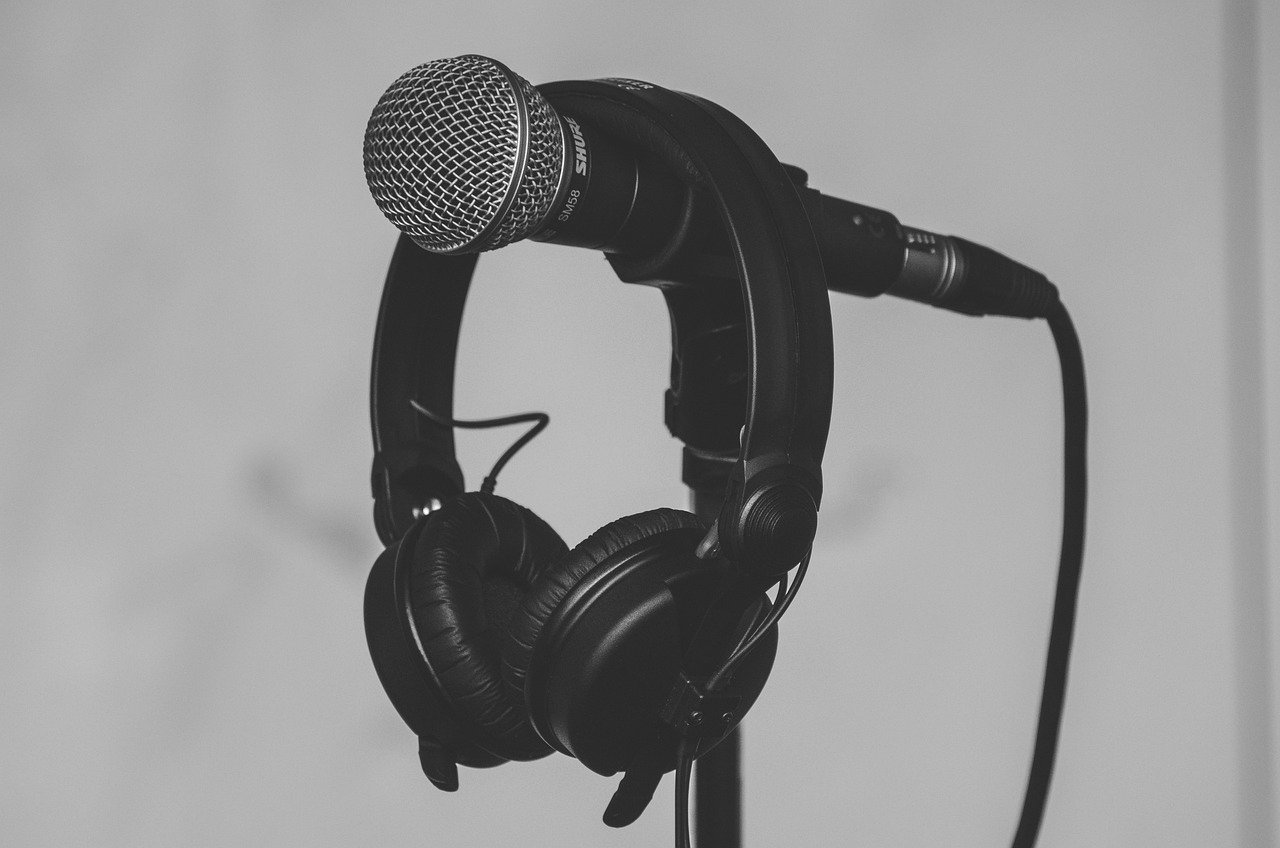Mastering the Music Industry: A Comprehensive Guide for Independent Artists

The music industry has evolved significantly, giving independent artists unprecedented opportunities to shine. Platforms like YouTube and Spotify, alongside free distribution services, have created a level playing field. However, navigating this complex ecosystem requires a combination of knowledge, strategy, and effort. From understanding revenue streams to managing master tapes and leveraging mobile recordings, every step plays a role in defining an artist’s success. This article explores key aspects that every musician should know, including how to maximize earnings, optimize distribution, and enhance recording quality.
How Do You Make Money on YouTube?
YouTube offers one of the most accessible ways for musicians to monetize their content. With over 2 billion logged-in monthly users, the platform presents numerous earning opportunities, such as ad revenue, Super Chats, channel memberships, and merchandise integration. Building a dedicated audience and consistently engaging them with quality content is essential.
Discover more about these methods in this detailed guide on how do you make money in YouTube.
The Significance of Master Tapes
Master tapes are the original, unaltered recordings of your music, and they hold immense value for artists. These tapes are not only crucial for creating high-quality reproductions but also play a pivotal role in earning royalties and asserting legal ownership of your work. Keeping your master tapes safe and secure ensures long-term financial benefits and artistic control.
Learn why mastering this aspect is vital here: what are master tapes.
The Role of Free Music Distribution Platforms
Gone are the days when artists needed expensive deals to distribute their music. Free music distribution platforms like RouteNote, Ditto Music, and Amuse have made it possible for independent musicians to reach global audiences without upfront costs. These platforms often allow artists to keep a significant share of their royalties while offering additional features like analytics, playlist pitching, and marketing tools.
Explore some of the top options and their benefits in this article: free music distribution platforms.
Mastering Content Upload Date on Spotify
Spotify has become a cornerstone for music discovery and streaming. Managing the release date of your tracks is crucial for effective promotion and visibility. Proper scheduling allows for pre-release campaigns, playlist pitching, and maximizing the impact of your launch. Knowing the precise content upload date ensures that your marketing and distribution plans align perfectly.
Learn more about this critical aspect here: Content Upload Date on Spotify.
Boosting Mobile Phone Records for Professional Quality
In an era where creativity often strikes unexpectedly, mobile recordings have become a convenient option for capturing ideas on the go. However, ensuring these recordings are of professional quality requires specific techniques. Use external microphones, noise-cancellation tools, and post-production editing software to enhance the sound. These simple steps can elevate your raw recordings into polished tracks.
Check out these tips for improving your recordings: boost mobile phone records.
Conclusion
The music industry is ripe with opportunities for independent artists who are willing to learn and adapt. By understanding how to monetize platforms like YouTube, preserving master tapes, utilizing free distribution platforms, scheduling releases strategically on Spotify, and improving mobile recordings, musicians can build sustainable careers. These steps, when executed effectively, create a holistic strategy that maximizes revenue and exposure.
We invite you to share your experiences and insights in the comments below. Have you tried any of these strategies? What has worked best for you? Let’s create a community of learning and support for all artists.







